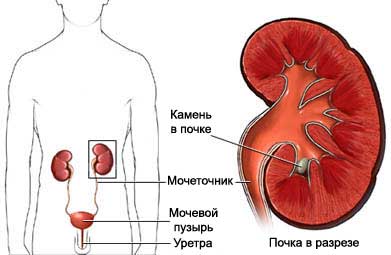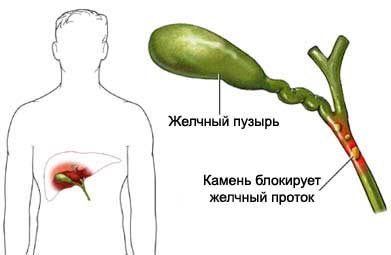Lithotripsy – Electrohydraulic lithotripsy
Description electrohydraulic lithotripsy
Electrohydraulic lithotripsy is one of many methods, used to break up kidney stones or gallstones. Electro-hydraulic It uses a flexible probe to deliver electricity, through which stone break.

Reasons for electrohydraulic lithotripsy
Lithotripsy is used to remove kidney stones, that:
- Too much, to pass on their own;
- Causes constant pain;
- Blocks the flow of urine;
- Cause infections;
- Damage surrounding tissue;
- They are the cause of bleeding.
This procedure can also be used to remove stones in the bile duct or pancreatic.

Possible complications electrohydraulic lithotripsy
Complications are rare, but no procedure does not guarantee the absence of risk. If you plan to perform lithotripsy, you need to know about possible complications, which may include:
- Damage or irritation to tissue or surrounding structures;
- Blood in the urine;
- Infection;
- Pain, When fragments of stones;
- Failure of stone fragments, then require further surgery;
- The need for further treatment;
- Reaction to anesthesia.
Some factors, that may increase the risk of complications:
- Bleeding disorders or taking drugs, reduce blood clotting;
- Smoking.
How is electrohydraulic lithotripsy?
Preparation for the procedure
Your doctor may prescribe or to hold the next:
- Medical checkup;
- Blood and urine tests;
- X-ray of the abdomen – test, which uses X-rays, to make pictures of organs inside the abdomen;
- Intravenous pyelogram – X-rays of the urinary system, performed after the administration of contrast material;
- Spiral CT scan – such as X-rays, which uses computer, to make pictures of structures inside the body;
- MRI scan – test, which uses magnetic waves, to make pictures of organs inside the body.
Consult your doctor about the drugs taken. A week before surgery you may be asked to stop taking some medicines:
- Aspirin or other anti-inflammatory drugs;
- Blood thinners (eg, warfarin, clopidogrel).
Anesthesia
It will be used in step general anesthesia. It will block pain and will support you in the dream state.
Procedure electrohydraulic lithotripsy
Doctor fail a tiny flexible probe through the urethra and ureters to the stone. At the end of the probe contains two electrodes. Guided by ultrasound, the doctor finds a stone. Once the stone is found, doctor fail to probe it and activates the device. The electrical spark will break the stone. Special pliers can be used to grab the stone fragments and remove them. Small fragments of the stones may come out with urine.
Depending on the size of the stone, It can be used more than one probe. Ureteral stent may be placed. This will help protect the cover of the ureter, while the stone fragments pass through it.
Fragments, are too large, to pass through the ureter, may require the re-use of lithotripsy.
How long will lithotripsy?
30-60 minutes depending on the size and location of stones.
Electrohydraulic lithotripsy – Will it hurt?
Anesthesia prevents pain during the procedure. There may be some pain and discomfort, If the stone comes out during urination. In this case, your doctor may prescribe taking pain.
The average hospital stay
This procedure is usually performed on an outpatient basis. In most cases, a hospital stay is not required.
Care after electrohydraulic lithotripsy
Care in a hospital
- The staff will monitor your condition, while continuing effects of anesthesia;
- Provided painkillers;
- You may be asked to get up and walk for a while, before leaving the hospital.
Home Care
Follow your doctor's instructions, which may include:
- Drink plenty of water in the weeks after the procedure. This will help to pass the remaining fragments of stones;
- It is possible to return to daily activities within 1-2 days;
- You may experience some pain. Take pain medicine as directed by a doctor, to relieve discomfort.
Contact electrohydraulic lithotripsy doctor after
After returning home, you need to see a doctor, If the following symptoms:
- Inability to urinate;
- A lot of blood in the urine;
- Signs of infection, including fever and chills;
- Nausea and / or vomiting, which does not pass upon receiving prescribed drugs;
- Pain, which does not pass after taking pain medication appointed;
- Cough, shortness of breath or chest pain.
